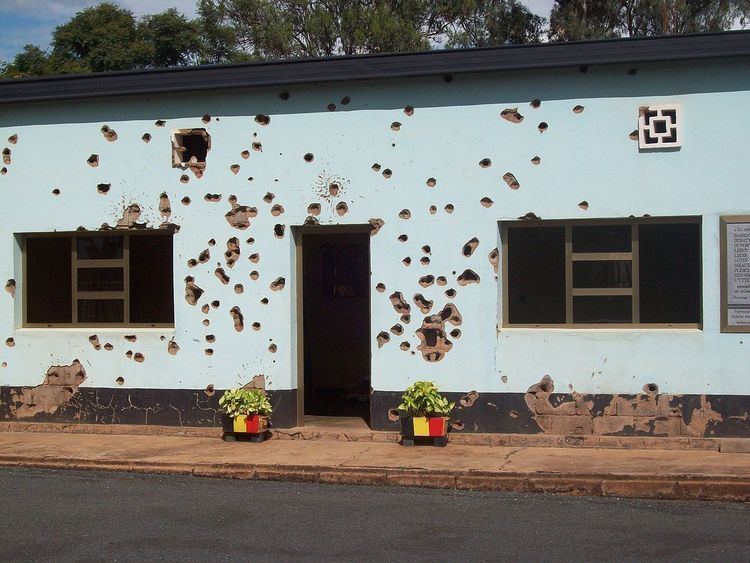Active 1945- Branch Land Component | Part of Paracommando Brigade | |
 | ||
Type Special Operations ForceAirborne light infantry Role Air AssaultAmphibious warfare | ||
The 2nd Commando Battalion (French: 2e Bataillon de Commandos) is a military formation of the Belgian Army and part of the Paracommando Regiment. Its regimental traditions, including the name "Commando" and the green beret, were adopted from the Belgian soldiers who served in No. 10 (Inter-Allied) Commando during the Second World War.
Contents
No. 10 Commando
The traditions of the 1st Commando Battalion were originally based on those of 4 Troop of 10 (Inter-allied) Commando during the Second World War, which fought in North Africa, Italy and Northern Europe. It is particularly notable for its role during Operation Infatuate: the invasion of the Dutch island of Walcheren in 1944. All Belgian soldiers in 4 Troop were trilingual (French-Dutch-English).
The badge of the new unit was designed by Padre Devos, based the British Commando Fairbairn-Sykes dagger.
Belgian Congo
During the months leading up to independence of the Belgian Congo, soldiers of the 2nd Commando Battalion were positioned in Bas-Congo. To cover more territory, the 4th Commando Battalion and 6th Commando Battalion were created from officers of the unit and new recruits in order to control the key area around Kitona and Kamina.
In 1959, 2nd Commando Battalion was moved to Léopoldville to maintain order during the riots.
In 1964, a company from 2nd Commando was included in Operation Dragon Rouge for the drop on Stanleyville to recover hostages. The company was mentioned in dispatches.
Rwandan Genocide
In March 1994, the 2nd Commando Battalion (with elements from the 3rd Parachute Battalion) took over from the 1st Parachute Battalion in the United Nations UNAMIR mission in Rwanda.
On April 6, 1994, following the assassination of the Rwandan president, the RTLM radio station accused the Belgian peacekeepers of having shot down–or of helping to shoot down – the president's plane. The 10 Belgian soldiers which had been assigned to protect the president, as well as five Ghanaians, were captured by an overwhelming number of Rwandan soldiers, and brutally tortured, before being executed. The Belgian contingent was deliberately targeted in this way in order to provoke the Belgian contingent to withdraw from UNAMIR (which it did several days later), critically weakening the remaining UN force.
The names of the peacekeepers who died were:
The murder of the 10 soldiers was the biggest single loss of Belgian personnel since the Second World War and provoked outrage in Belgium. On April 19, all Belgian personnel were evacuated from the country.
The murder was subject of an investigation, under the title of "Qui a tué nos paras?" ("Who killed our paras?"). The withdrawal and fatal weakening of the UN force was viewed as a catastrophe in Belgian military circles: Gaston Francsson, a decorated Belgian veteran of the Korean War returned the UN medals he had won to the United Nations in protest at the decision. A Rwandan Major, Bernard Ntuyahaga, was later arrested and convicted of the killings.
Composition
The battalion was bilingual (French-Dutch) from its creation until 1982, but is now Francophone only.
Standard
In a ceremony on 26 October 1946 in Brussels, Prince Charles awarded the unit's standard to lieutenant-colonel Danloy, carrying the following citations inherited from 4 (Belgian) Troop of No. 10 (Inter-allied) Commando during World War II:
The standard also carried the fourragère of the Belgian croix de guerre.
